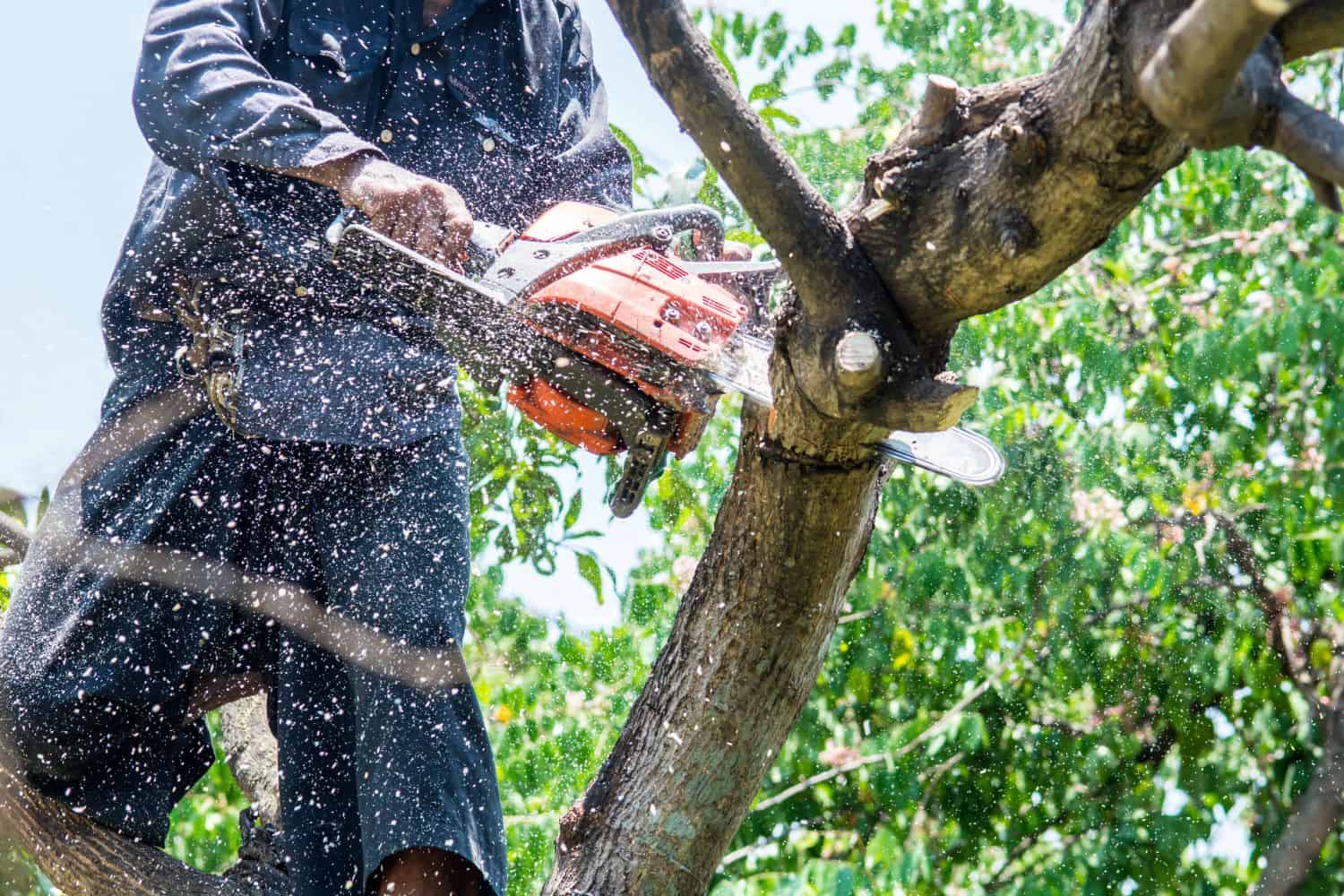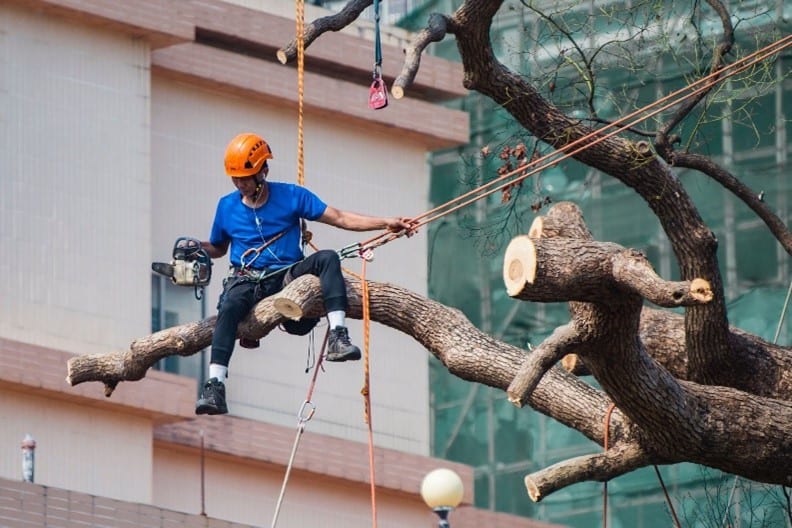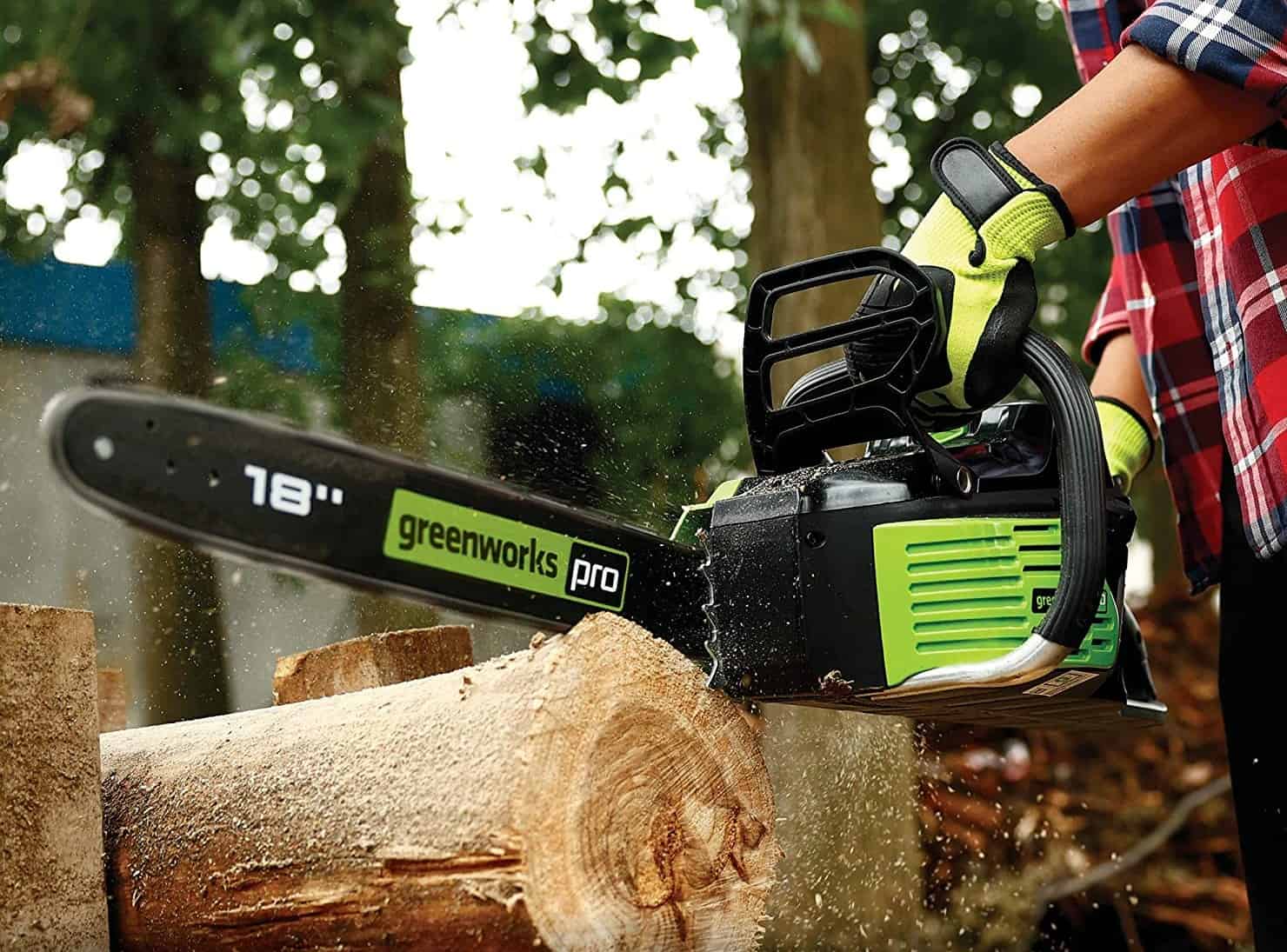
Knowing how to remove a tree branch is an important part of yard maintenance. That’s because having trees on your property is one of the best things you can do to stay connected with nature. Trees become permanent residences of birds and squirrels, and make your home and property feel more wholesome.
A window in your home that overlooks a majestic tree can be the perfect place to relax. It’s also a great view for your home office. Moreover, trees can also provide your house with some much-needed privacy if you live in a humming neighborhood.
However, having trees can requires some effort. One of the most common problems with having trees in your yard is falling branches. Natural occurrences such as storms, heavy winds, rain, or a thick layer of ice can cause trees to lose their branches. At times, branches do not completely fall off the tree. Instead, tree branches can break, but hang onto the tree by a thin layer of bark. This can become a potential threat to property and health.
In such situations, it is essential to know how to remove a tree branch. Get into action mode and prevent further damage to the tree!
Here is a roundup of all the steps you can take as a homeowner to contain the damage caused by broken or dead tree branches.
Understand the Damage
Most people panic when they see a branch dangling or cut off from a tree. However, it doesn’t always mean that you will have to take down the entire tree.
The first thing you should do is assess the extent of the damage. Try to figure out if the affected branch is a main part of the tree and if the tree has been seriously injured. Secondly, you also need to decide if you need expert help to take off the branch and clear the mess. Lastly, if the damage is substantial, you may have to remove the tree entirely.
Some people try to reattach the broken branch by tying the cracked piece together with the trunk. However, it is not worth your time and can be dangerous.
Need Professional to Remove a Tree Branch?
If you feel you can manage to cut and prune the tree on your own, there are a few things you will have to follow. Firstly, you may want to put it off as you have other commitments. However, this is a situation that commands immediate action. Delaying this task will allow the decay to enter the tree through the wound. Moreover, pests can view this as an open invitation to make their homes inside the hollow of the tree.

Secondly, identify all the loose and cracked branches that need work. It is crucial to remove all the loose branches first. As they are already vulnerable, they are potential threats to life and property. While doing so, you may also want to evaluate if you need to cut off the entire branch or only a part of it. Avoid cutting through the middle of the branch or too close to the stem. Leaving a couple of inches from the stem will help heal the injury faster. Also, ensure that you use the right tree-cutting tools and equipment for the job. For seniors, you can find ergonomically designed tools find ergonomically designed tools here.
Finally, if the tree is tall enough to touch the cable line, it is best to call professional help.
Cut and Remove a Tree Branch
If you decide to cut the branch on your own, you will need to use different techniques for different branches depending on their thickness. For instance, you can cut a branch less than 3 inches in diameter with pruning shears. Thinner branches with a diameter of less than 3/4th of an inch can be cut with a two-handed pruning lopper.
While cutting, the first step is to identify the branch collar. It is a distinct bulge at the base of the branch, where it connects with the trunk. It is made of interlocked layers of cells that help heal the wound and can be easily identified in most branches.

When cutting a branch, you want to prepare it for removal. To do so, you may want to saw into the underside and make a cut that is at least 12 inches away from the branch collar. This step prevents the bark from stripping off when you cut the branch.
Next, move the saw further away from the trunk and cut it 2 to 3 inches until it is loose. This cut will reduce the weight of the branch as it falls.
Finally, make the third cut on the outside edge of the branch collar. Ensure that you do not touch the trunk or the branch collar while pruning.
Click here to see a selection of tree-pruning tools for small branches. And here is a selection of top chainsaws for larger branches. Also read our guide to the Best Battery Powered Chainsaws.
Leave the Wounds Alone
Nature is powerful, and your trees do not need any special attention after such an accident. It is best to leave the tree alone as it will repair the wounds on its own and seal them up. You may want to use a knife and smoothen out the surface to fasten the process. While doing this, try not to expose or damage the inner greenish bark. It is the lifeline of the tree and contains food and water for maintenance of the tree.
Give Time to the Tree
If you feel the tree has been damaged severely, hold off before writing the tree off. For now, prune the branches and remove all the damaged parts. Give the tree some time so it can heal naturally. You can also take advice from an expert before you decide to remove the tree from your yard.
If the expert says the damage has killed the tree, it is best to remove the tree from the ground with professional help. If the space bothers you, you can divert your efforts towards planting a new bed of flowering plants.
Avoid Overpruning
After removing the damaged branches, you may feel your tree looks naked, exposed, or uneven. You may get the urge to prune it further to enhance its appearance. However, it is advisable to resist this urge. You will be surprised at how fast the tree will bloom new branches and leaves. This beauty will be back to its full glory in no time.
How to Remove a Tree Branch: Conclusion
Seeing your favorite tree in the yard reeling after a natural disaster can be unsettling. However, the moment requires you to spring into action and get into the damage control mode. With the information given above, you can either remove a broken or dead tree branch yourself or call an expert, if required.





Great tip about removing the damaged branches. My trees are diseased and need to be cut down. I’ll probably have to hire someone to do an inspection.